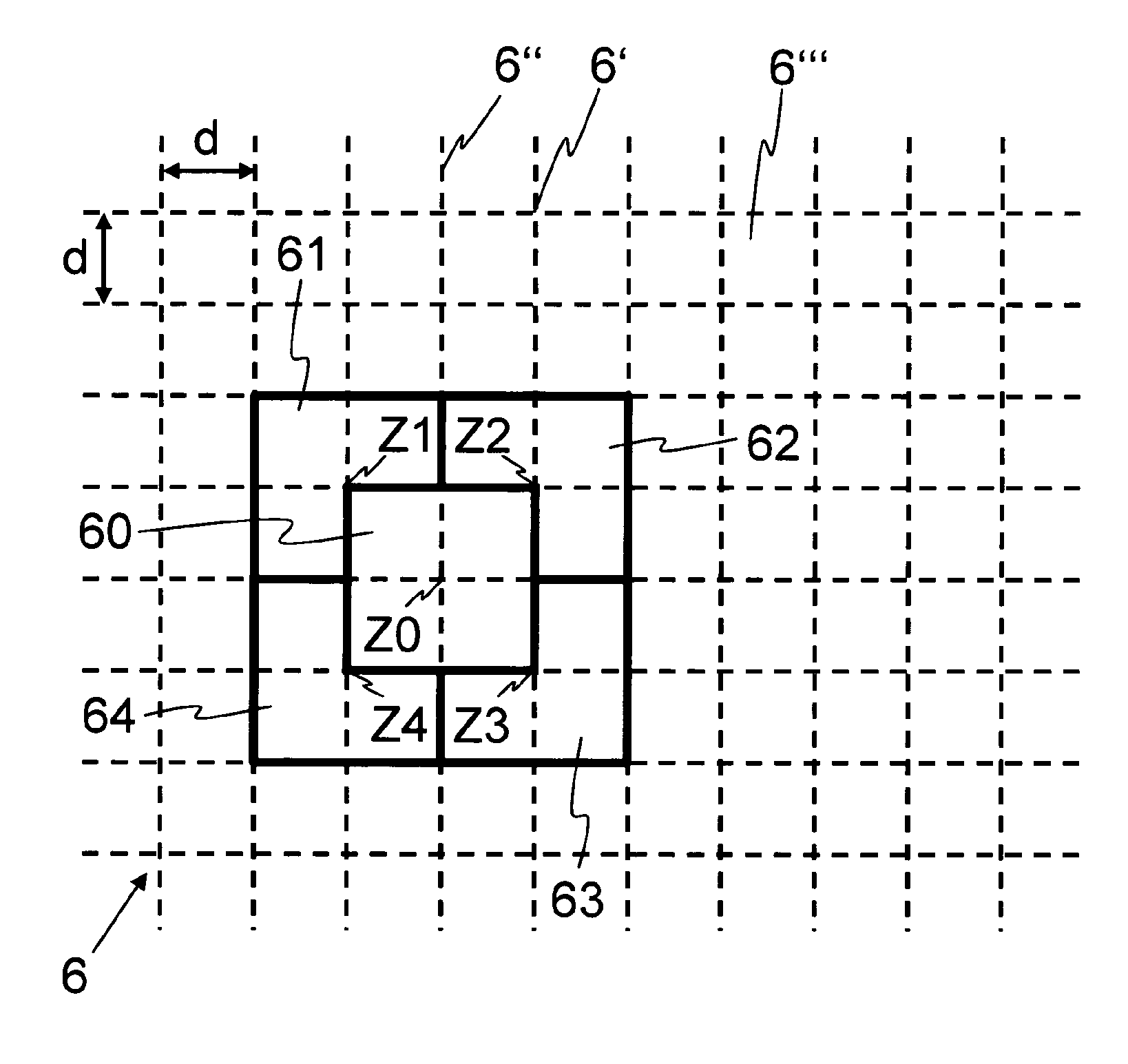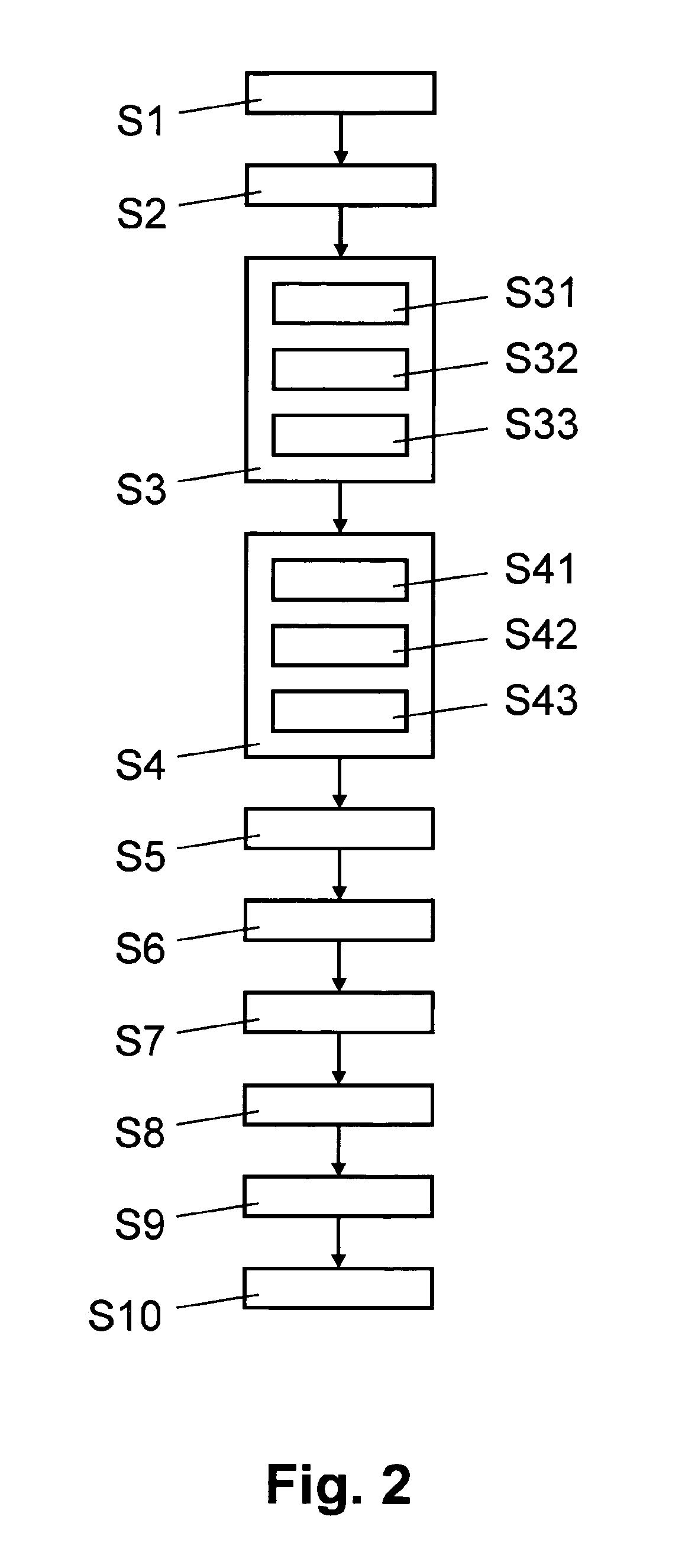Method and system for generating a pictorial reference database using geographical information
a technology of geographical information and reference database, applied in the field of computer implementation method and computer system for generating a pictorial reference database, can solve the problems of inefficiency, inefficiency, and inability to associate related pictorial content with each other, and achieve the effect of saving resources and time and reducing labor intensity
- Summary
- Abstract
- Description
- Claims
- Application Information
AI Technical Summary
Benefits of technology
Problems solved by technology
Method used
Image
Examples
Embodiment Construction
[0020]In FIG. 1, reference numeral 1 refers to a computer system for generating a pictorial reference database 10 from a plurality of digital images. Computer system 1 comprises one or more computers, as well as a pictorial reference database 10 and an optional information server 20 implemented on one or more of these computers. Furthermore, computer system 1 comprises a stored definition 11 of a plurality of distributed geographical sub-areas 60, 61, 62, 63, 64 and various functional modules including a selecting module 12, an image matching module 13, a clustering module 14, a text matching module 15, a classification module 16, a labeling module 17, a linking module 18, a link placement module 19, and a compression module 21. Preferably, the functional modules are implemented as programmed software modules, comprising computer program code associated with a computer program product that is connected removably or fixed to computer system 1. One skilled in the art will understand t...
PUM
 Login to View More
Login to View More Abstract
Description
Claims
Application Information
 Login to View More
Login to View More - R&D
- Intellectual Property
- Life Sciences
- Materials
- Tech Scout
- Unparalleled Data Quality
- Higher Quality Content
- 60% Fewer Hallucinations
Browse by: Latest US Patents, China's latest patents, Technical Efficacy Thesaurus, Application Domain, Technology Topic, Popular Technical Reports.
© 2025 PatSnap. All rights reserved.Legal|Privacy policy|Modern Slavery Act Transparency Statement|Sitemap|About US| Contact US: help@patsnap.com



